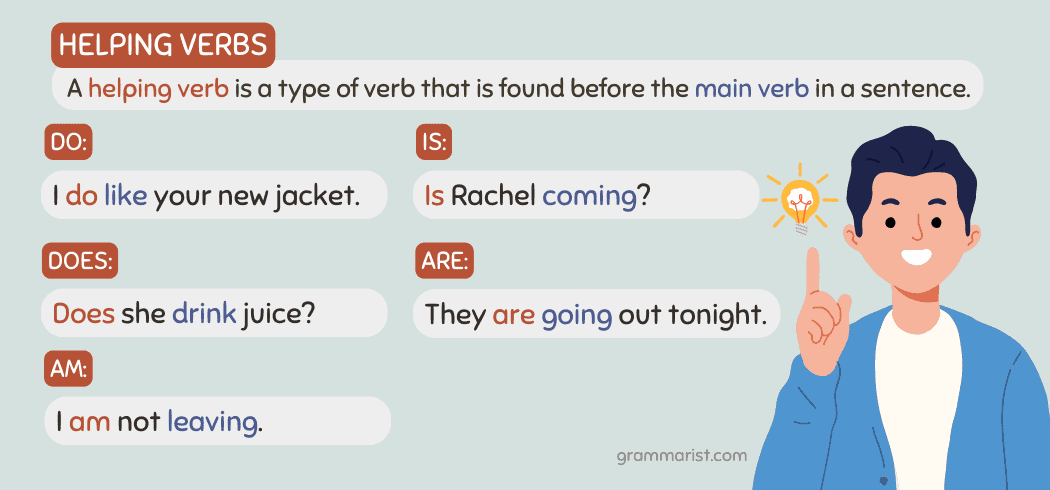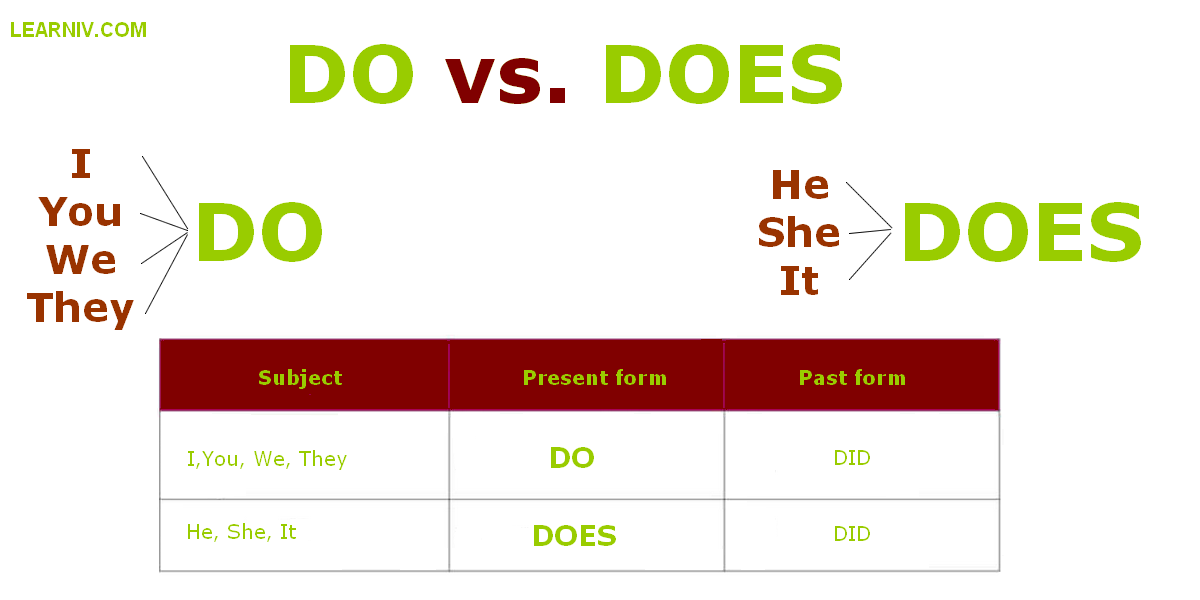Discover Creative Alternatives: Synonyms and Insights for Artistic Pursuits
Introduction to Creative Terminology
Describing artistic activities and the making of handmade objects often begins with the phrase “arts and crafts.” However, countless other terms can more precisely capture the unique aspects of creative work, from fine artistry to practical craftsmanship. Understanding these alternatives helps artists, educators, retailers, and hobbyists better communicate their passions and offerings, whether in conversation, marketing, or education. This guide explores synonyms, definitions, and practical steps for finding and using the right words for your creative endeavors, offering actionable advice and real-world examples throughout.
Core Synonyms and Phrases for ‘Arts and Crafts’
When seeking another word for “arts and crafts,” a variety of terms come to mind, each with its own nuances and applications. Common and widely accepted synonyms include:
- Handicraft – Refers to objects made by hand, often emphasizing tradition and skill. This term is particularly prevalent in educational settings and markets for handmade goods [1] .
- Craft – A broad word capturing all activities involving skilled manual work, such as woodworking, knitting, or pottery. It is often used interchangeably with “art” in community and retail settings [1] .
- Fine Arts – Applies to creative disciplines such as painting, sculpture, and drawing, focusing on aesthetics rather than function [1] .
- Creative Arts – A catch-all term for a range of expressive disciplines, frequently used in educational curricula and workshop settings [2] .
- Artisan Work – Highlights the maker’s expertise and traditional techniques, often associated with high-quality handmade goods [1] .
- Handmade – Emphasizes the creator’s direct involvement, popular in online marketplaces and craft fairs [2] .
Other related descriptors include
workmanship
,
craftsmanship
,
artistic
,
artisanal
, and
homemade
. Each synonym can be tailored to highlight a specific dimension-be it skill, tradition, creativity, or function.

Source: theworduk.org
Understanding the Subtle Differences
Choosing the right synonym depends on your context. For example, “craft” often refers to utilitarian objects made with skill, while “fine arts” generally refers to works valued for their aesthetic qualities. “Handicraft” is closely associated with traditional techniques and cultural heritage, making it ideal for community programs or historical exhibits [1] . “Creative arts” is frequently used in education to emphasize a broad, inclusive approach covering visual, performing, and applied arts [2] .
Consider the following practical example: if you operate a store selling handmade jewelry, “artisan work” or “handcrafted” conveys exclusivity and tradition. For a school program, “creative arts” or “visual arts” can communicate a diverse curriculum including painting, sculpture, and design.
How to Choose the Right Term for Your Needs
Selecting the most effective term is key to clear communication and audience engagement. Follow these steps to determine which synonym best suits your purpose:
- Identify Your Audience: Consider whether you are addressing artists, educators, buyers, or hobbyists. For academic settings, terms like “visual arts” or “creative arts” may resonate best. For marketing handmade products, “artisan” or “handcrafted” can add value.
- Define the Activity: Specify whether your focus is on decorative objects, practical skills, or expressive works. “Fine arts” emphasizes aesthetics, while “crafts” highlights practical skill [1] .
- Highlight Key Qualities: If tradition, skill, or originality is important, choose words like “handicraft”, “artisan”, or “creative arts.” For collaborative or community-based projects, “workmanship” or “homemade” can evoke a sense of shared experience [2] .
- Research Similar Usage: Explore established organizations or educational programs for terminology. Reviewing course catalogs, event listings, and online marketplaces can offer inspiration and proven language.
If you are unsure which term to use, consider conducting a brief survey with your intended audience or reviewing popular search terms on platforms like Etsy, Pinterest, or academic program listings.
Accessing and Promoting Arts and Crafts Opportunities
Whether you are looking to join a class, sell your creations, or connect with other makers, there are multiple pathways to access and promote artistic activities. Although verified links to specific opportunities may vary based on your location and needs, you can typically:
- Search for local community centers, adult education programs, or public libraries that offer workshops in crafts, fine arts, or creative arts. Use keywords such as “arts workshops,” “handicraft classes,” or “artisan markets.”
- Explore reputable online platforms such as museum websites, university continuing education pages, or national arts organizations. For example, the Smithsonian Institution offers public programs and exhibits on American craft and folk art [3] .
- Engage with social media communities by searching hashtags like #handmade, #artisan, or #creativearts to find virtual events, tutorials, and peer support.
If you wish to promote your own arts and crafts business or workshop, focus your messaging on the specific qualities that differentiate your work. Use descriptive terms such as “handcrafted jewelry,” “artisan pottery,” or “creative workshops” to attract your target audience. When selling online, select the most appropriate category-such as “handmade” or “artisanal”-on platforms like Etsy or eBay to reach interested buyers.
Step-by-Step Guidance: Getting Involved and Expanding Your Practice
1. Define Your Interest Area: Decide whether you are more interested in traditional crafts, fine arts, or modern creative pursuits. This will help you identify suitable resources and communities.
2. Research Local and Online Opportunities: Use search engines and official websites for community colleges, museums, and professional organizations. For example, the American Craft Council provides resources for both makers and collectors [4] .
3. Join Groups and Attend Events: Many cities offer “maker” fairs, art festivals, or craft shows. Participation is often open to both hobbyists and professionals and can be a valuable way to network and gain exposure.
4. Take Classes or Workshops: Enroll in in-person or virtual courses through community programs, universities, or arts organizations. Many offer introductory and advanced options in everything from textile arts to digital design.
5. Share and Sell Your Work: If interested in commercializing your creations, research reputable online marketplaces. When choosing a site, verify its reputation and read user reviews for payment and privacy policies. For brick-and-mortar sales, contact local arts councils or small business associations for guidance on craft fair participation and storefront opportunities.
6. Continue Learning: Artistic techniques and terminology evolve. Stay current by subscribing to reputable magazines, joining professional groups, and attending industry events.
Potential Challenges and Solutions
While the world of arts and crafts is diverse and rewarding, some challenges may arise. For instance, finding the right terminology can be confusing due to overlapping definitions, regional preferences, and evolving trends. To overcome this, regularly consult updated resources such as the Cambridge Dictionary or professional arts organizations for definitions and examples [1] .
Another challenge is accessing quality instruction or reliable marketplaces. When searching for classes, use official institution websites and verify instructor credentials. For selling, start with well-known platforms and consider joining professional associations for additional support and credibility [4] .

Source: hohpano.weebly.com
Alternative Approaches and Broader Applications
Beyond traditional arts and crafts, these synonyms can expand your reach into related fields. For example, “design” connects artistic work to commercial and digital applications, while “visual arts” covers a broad spectrum from drawing to photography. Many educational and therapeutic programs use “creative arts” as a foundation for skill development and personal growth.
In business, using precise terminology can help attract the right partners, customers, or students. For example, “artisanal” appeals to consumers seeking authenticity, while “visual arts” draws those interested in fine art or media studies. Adjust your language to fit your goals and the expectations of your audience.
Summary and Key Takeaways
Choosing the right words to describe arts and crafts is a powerful tool for communication, marketing, and education. Whether you are a maker, teacher, or enthusiast, understanding the nuances of synonyms like “handicraft,” “artisan work,” and “creative arts” helps you connect with others and achieve your goals. Always research terminology, tailor your approach to your audience, and consult reputable sources for definitions and opportunities. By doing so, you can confidently explore, promote, and participate in the vibrant world of artistic and creative pursuits.



